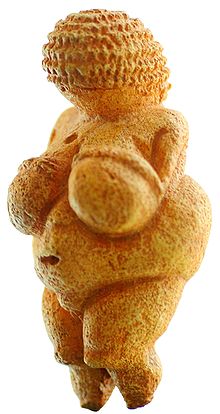Tjohoo! (That's Swedish for Woo-hoo!) A beautiful, lovely, RGB (and probably Hα) saturated color of a region of sky that any lover of blue nebulas and blue stars (offset with a bit of blooming pink) has to love!

I just love the palette of colors here. Note how the emission nebula is pale and mixed with blue near the
ionizing star HD 164492 - there's probably a reflection component here - and how the color of the emission nebula then becomes neutral as we move outwards, probably because we are seeing a mixture of Hα and OIII, and how the red color grows ever redder the farther away from the ionizing star we get. Note how the red component is "contained" inside dust structures in places.
Yellow star HD 164514 and the blue part of the Trifid Nebula.
Photo: R. Jay GaBany.
Note how the blue reflection nebula appears to be enhanced by the bright yellow star HD 164514. This star appears to be a main contributor to the reflection nebulosity. Note, however, that the blue nebula is not at its very brightest near the yellow star, which is the opposite of what the reflection nebulosity is like in the Pleiades. So when all is said and done, I'm not absolutely sure how much the yellow star contributes. David Malin once took a picture of the Lagoon Nebula which showed a blue component outside the pink one, so maybe most of the blue nebulosity of the Trifid is caused by HD 164492 and the other hot blue stars near it. It seems certain that rest of the the pale blue nebulosity encircling the pink part of the Trifid Nebula is the works of HD 164492.
As for the blue nebulosity of the Trifid Nebula, I guess it is possible that the hot blue stars north of the Trifid Nebula (particularly HD 164402) may contribute. This star doesn't wear a "veil" of blue nebulosity around it, but it may easily have blown its natal clouds away. But its light just might reach the northern parts of the Trifid, just like the blue light of Rigel illuminates the
Witchhead Nebula.
I also love the little tufts of red emission nebulosity scattered near the Trifid!

But note that there is no nebulosity near M21 at all. This beautiful cluster of bright blue stars is old enough to have blown all the gas and dust away from it!
The Trifid Nebula and M21. Photo: Daniel Carache.
I had to include a picture of the Trifid Nebula with M21. But I couldn't just copy today's APOD, because it is too big to post here! Sorry! But Daniel Carache's Tririd is nice too, though its colors and other details are a little bit different than Stanislav Volskiy's and the Chilescope Team. But a well-made RGB image of the Trifid is always a joy to behold, so enjoy!!!
Ann
 Messier 20 and 21
Messier 20 and 21

